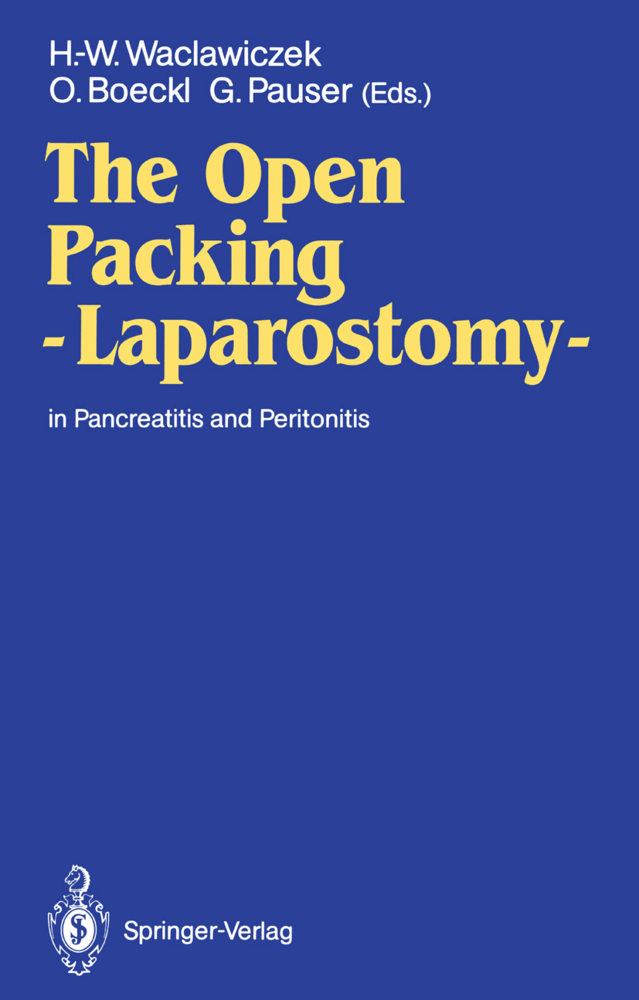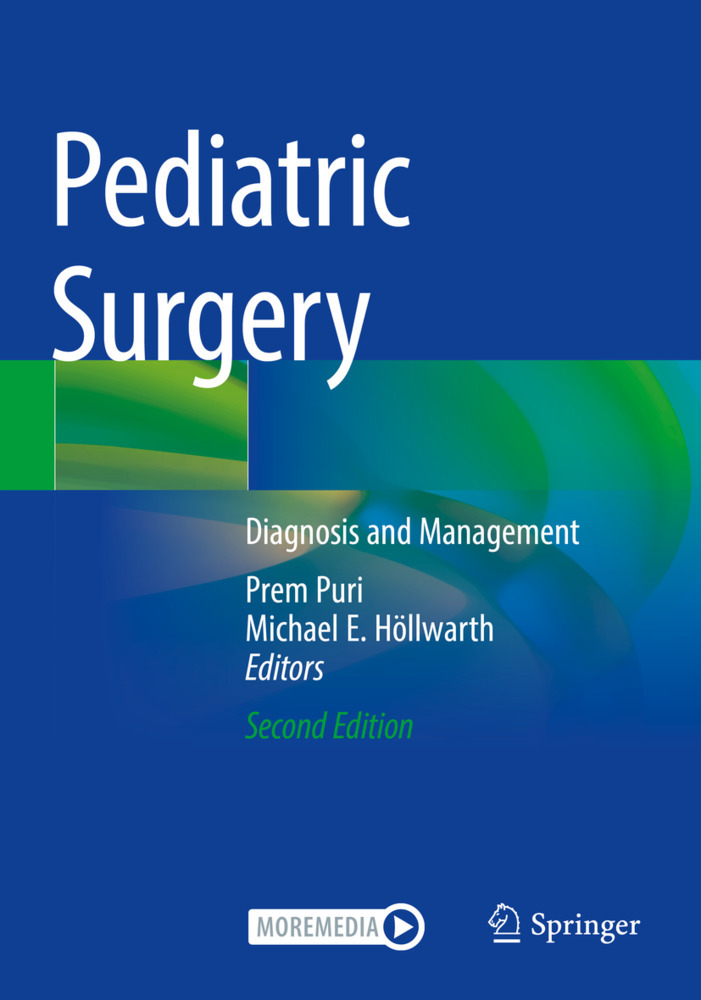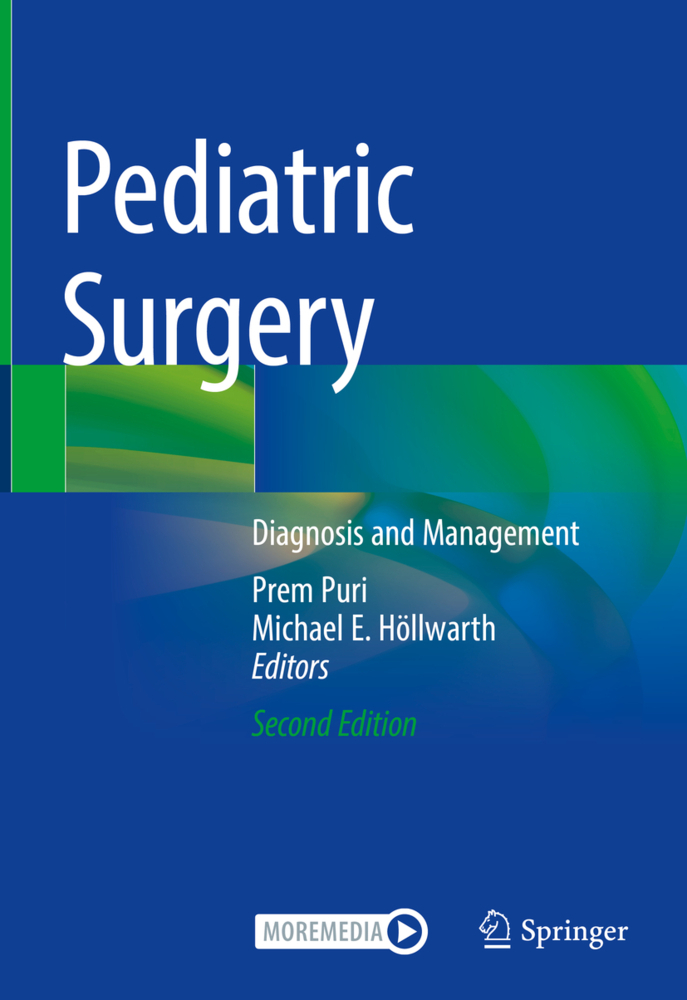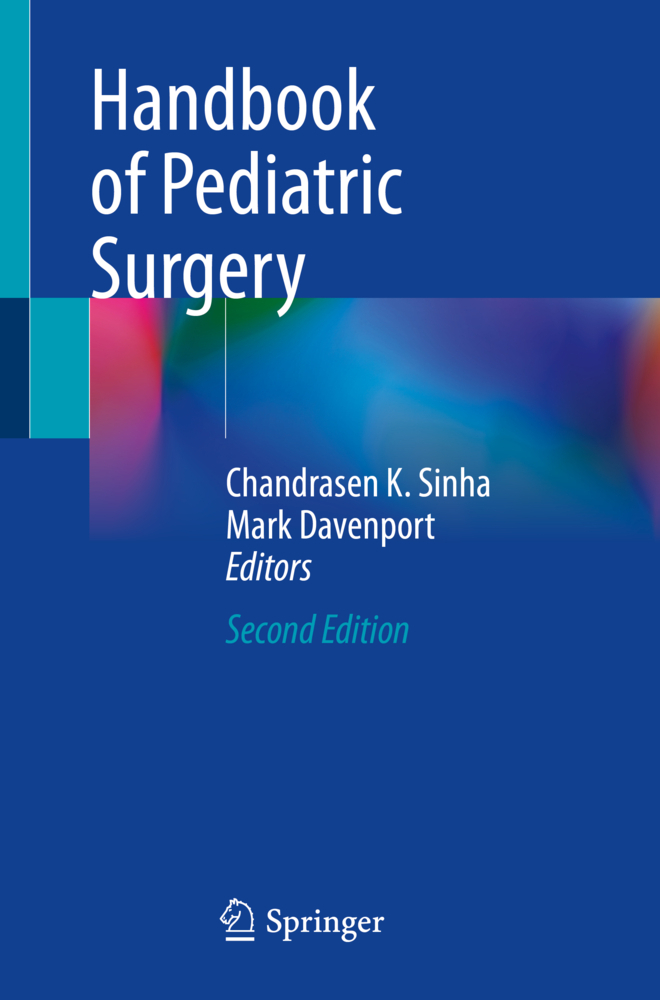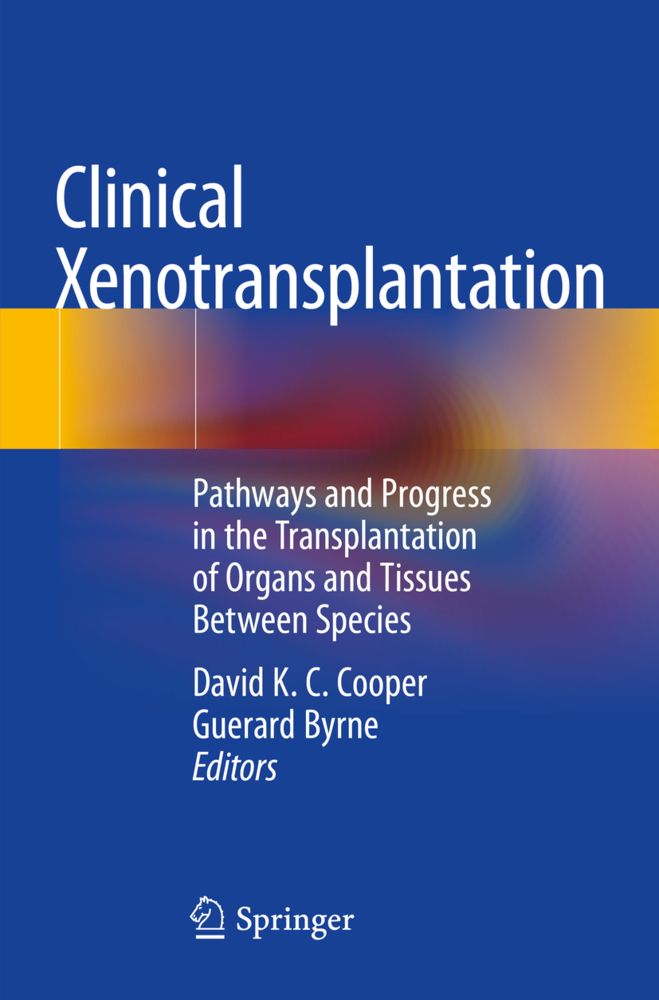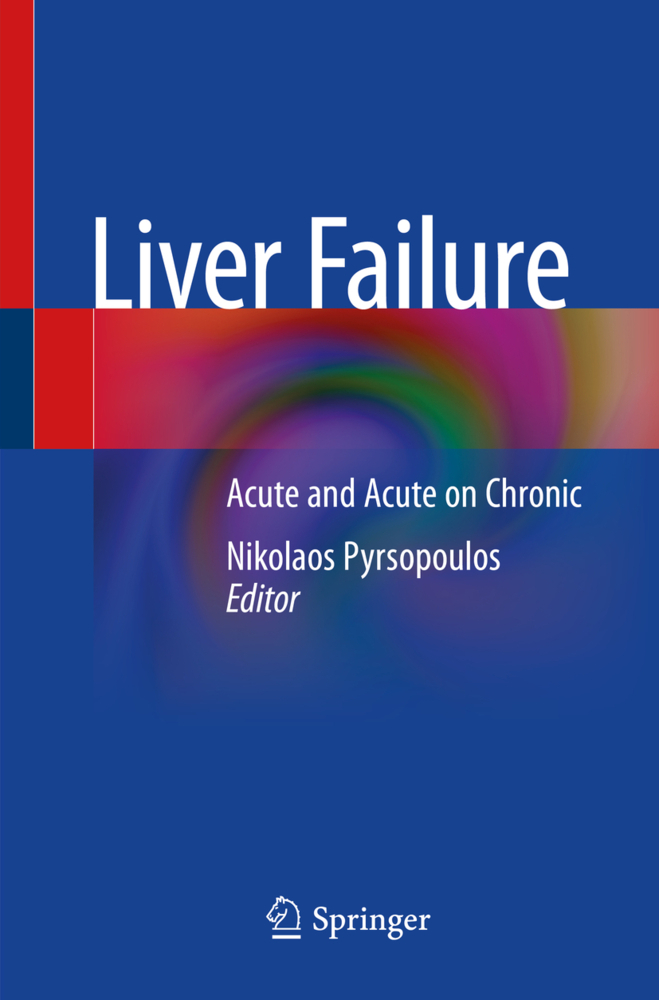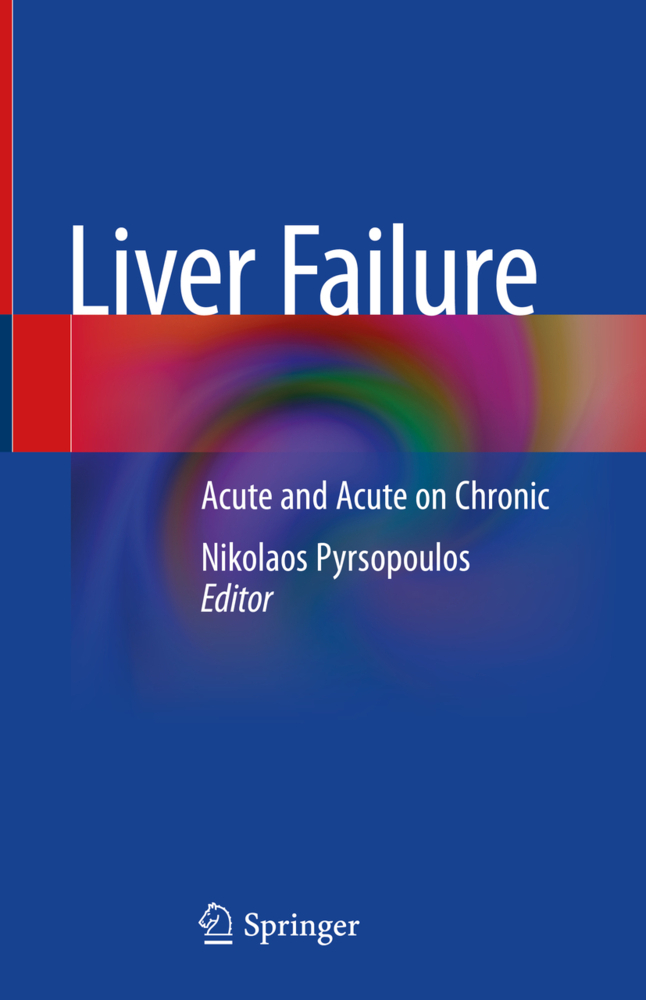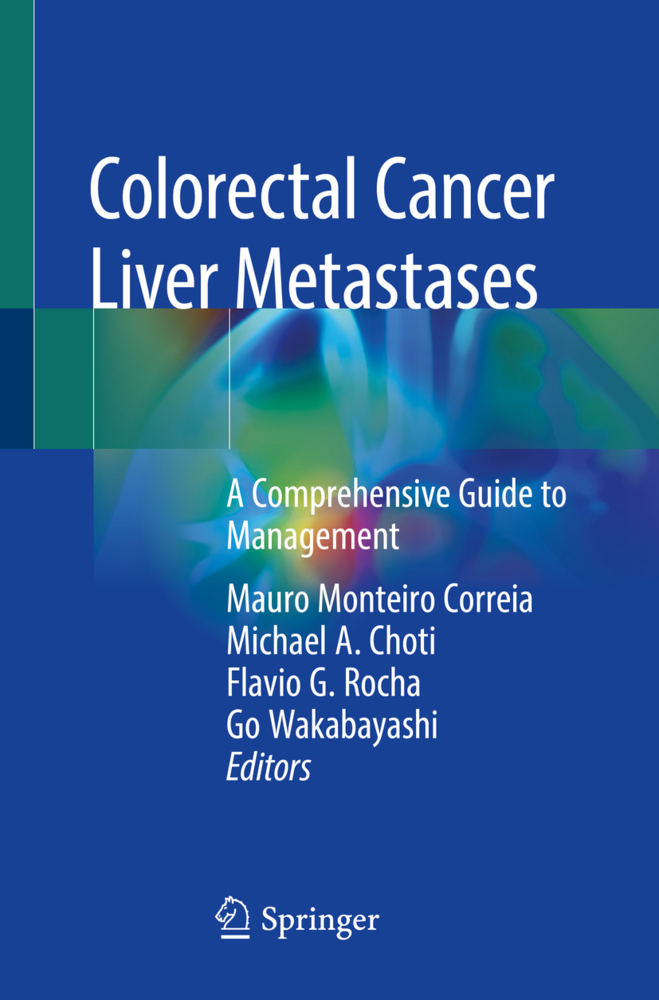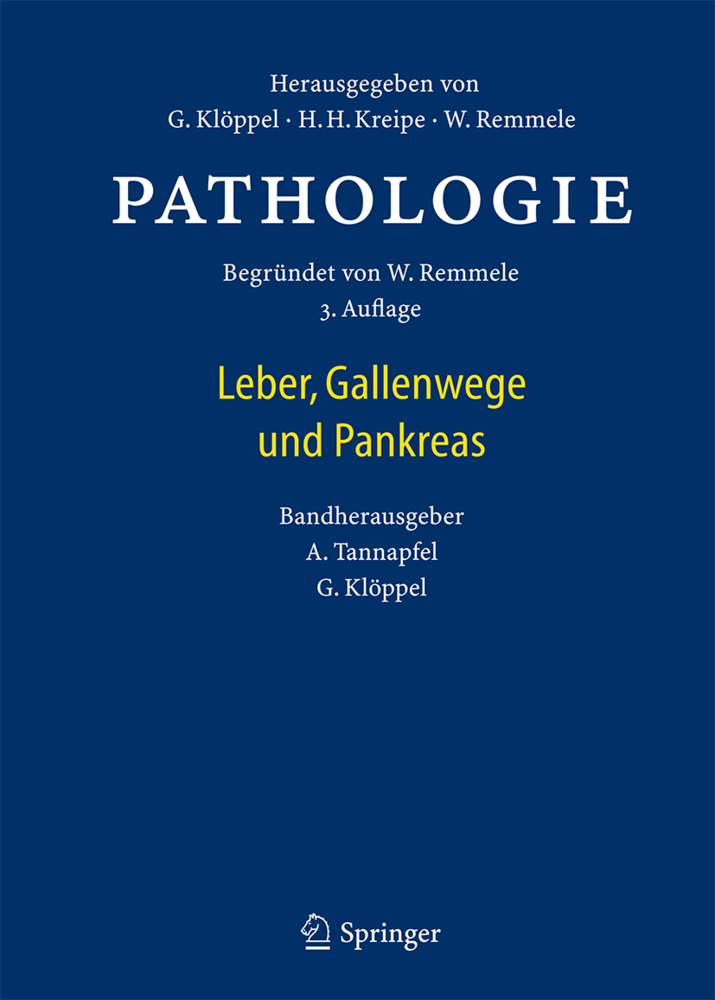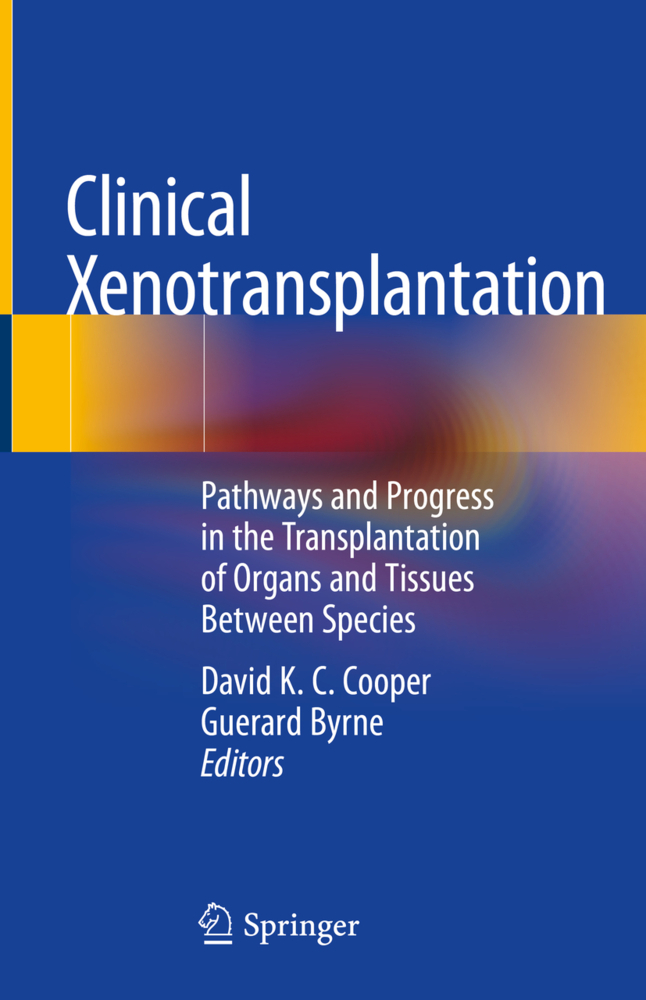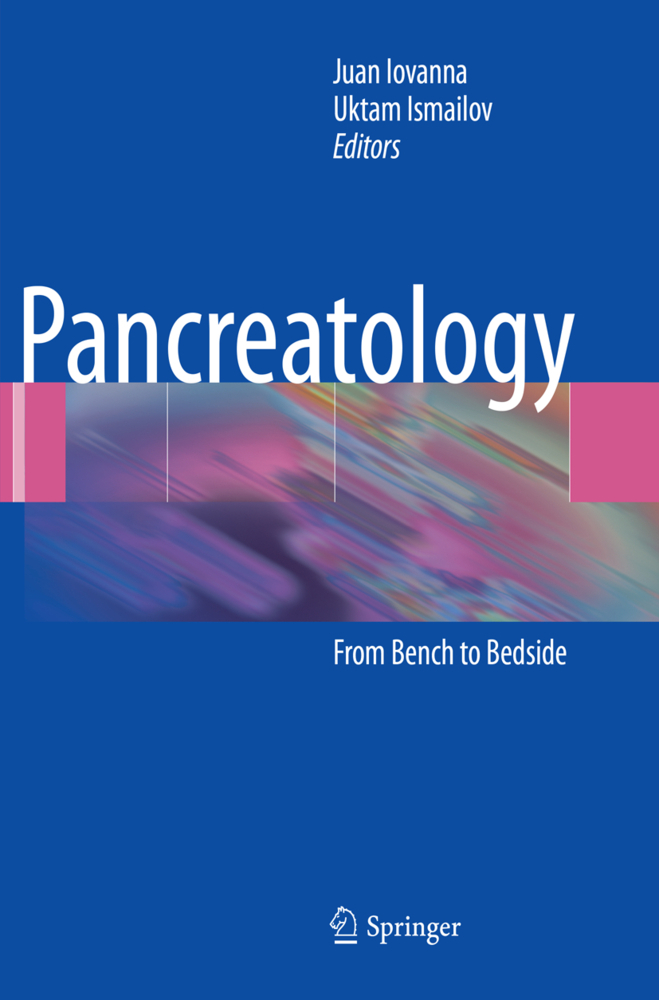The Open Packing - Laparostomy -
In Pancreatitis and Peritonitis
The Open Packing - Laparostomy -
In Pancreatitis and Peritonitis
The continued high mortality (up to 70 %) in patients with necro tizing pancreatitis and diffuse peritonitis has led to the develop ment of various surgical strategies within the past few decades. Up to the present decisions about the management of these disea ses have been rather difficult because of the individual courses differ considerably, even being incomparable. Today, as a result of our in creased knowledge of the pathophysiology, the impro ved imaging procedures, and the standaridized intensive care, the rend is moving toward delayed surgical intervention. The goals in the surgical treatment of necrotizing pancreatitis and diffuse peritonitis are still surgical removal of the focus of infection, elimination of endotoxins by lavage, and optimal drainage of the peritoneal cavity. Depending on the patient's general condition this cannot always be achieved in the first surgi cal intervention. A number of surgical methods have therefore been developed, such as postoperative dorsoventral lavage, step by-step lavage therapy, postoperative closed continuous perito neal lavage, and open treatment (laparostomy). The last-mentioned method ist not new; it was first described by KOR'J;E in 1894 for the treatment of necrotizing pancreatitis. However, due to the progress in intensive care medicine (long term respiratory therapy, hemofiltration, etc.) in the last few years this method of management has become successful and gai ned in recognition.
Pathology of Sepsis and Its Effects on the Pancreas
Effects of Sepsis on the Lung
Effects of Sepsis on the Liver
Hygienic Management Following Laparostomy
2. Treatment
Treatment of Respiratory Disorders
Peritonitis and Intraabdominal Abscesses
Parenteral and Enteral Nutrition in Sepsis
New Concepts in Fluid Therapy for Patients with Intraabdominal Infection
Pancreatitis and Blood Coagulation
The Effect of Norepinephrine on Hemodynamics in Extreme High Output - Low Resistance State in Peritonitis and Pancreatitis
Endotoxemia Fails to Predict Survival in Severe Intraabdominal Infection
II. Pancreatitis
1. Open Packing
The Role of Open Packing in the Management of Infected Pancreatic Necrosis
Interdisciplinary Management in Necrotizing Pancreatitis
Laparostomies and Preplanned Revisions: A Therapeutic Concept in Acute Necrotizing Pancreatitis
The Extraperitoneal Compartment - Surgical Approach to Necrotizing Pancreatitis
Benefit and Limitations of Open Packing Laparostomy in Acute Pancreatitis
Surgical Therapy of Necrotizing Pancreatitis by Open Packing Laparostomy
Value of Open Packing in the Treatment of Necrotizing Pancreatitis
Total Necrosis of the Pancreas with Peripancreatic Necrosis - An absolute Indication for Laparostomy?
2. Alternative Procedures
Acute Necrotizing Pancreatitis: Surgical Management with Capillary Drainage, Long-term Lavage and Continuous Enteral Nutrition
Necrosectomy and Continuous Closed Bursa Lavage in Necrotizing Pancreatitis
Surgery During Acute Pancreatitis - Observations in 289 Patients
Routine Repetitive Laparotomy for Acute Necrotizing Pancreatitis
III. Peritonitis
1. Open Packing
Step-by-Step Lavage Therapy for Diffuse Peritonitis: aClinical Report
Intensive Therapy in the Surgical Treatment of Diffuse Peritonitis
Open Treatment in Diffuse Suppurating Peritonitis
Laparostomy for the Surgical Treatment of Diffuse Peritonitis
Open Management of the Septic Abdomen Using the Plastic Bag Technique
Open Packing in the Treatment of Perforated Sigmoid Diverticulitis
Complications of Laparostomy in Diffuse Peritonitis
Pitfalls and Errors in Open Packing Laparostomy
Dressing Laparostomies with Synthetic Mesh
2. Alternative Procedures
Closed Continuous Postoperative Peritoneal Lavage in Diffuse Bacterial Peritonitis
Severe Postoperative Peritonitis: Management with One-Stage Operation and Primary Closure of the Abdomen
Management of the Organisms and Resistance Development with Diffuse Peritonitis During Programmed Open Lavage
Effect of the Frequency of Programmed Peritoneal Lavage on Chances of Survival with Diffuse Peritonitis
Planned Relaparotomy in Severe Diffuse Peritonitis.
I. Abdominal Sepsis
1. PathologyPathology of Sepsis and Its Effects on the Pancreas
Effects of Sepsis on the Lung
Effects of Sepsis on the Liver
Hygienic Management Following Laparostomy
2. Treatment
Treatment of Respiratory Disorders
Peritonitis and Intraabdominal Abscesses
Parenteral and Enteral Nutrition in Sepsis
New Concepts in Fluid Therapy for Patients with Intraabdominal Infection
Pancreatitis and Blood Coagulation
The Effect of Norepinephrine on Hemodynamics in Extreme High Output - Low Resistance State in Peritonitis and Pancreatitis
Endotoxemia Fails to Predict Survival in Severe Intraabdominal Infection
II. Pancreatitis
1. Open Packing
The Role of Open Packing in the Management of Infected Pancreatic Necrosis
Interdisciplinary Management in Necrotizing Pancreatitis
Laparostomies and Preplanned Revisions: A Therapeutic Concept in Acute Necrotizing Pancreatitis
The Extraperitoneal Compartment - Surgical Approach to Necrotizing Pancreatitis
Benefit and Limitations of Open Packing Laparostomy in Acute Pancreatitis
Surgical Therapy of Necrotizing Pancreatitis by Open Packing Laparostomy
Value of Open Packing in the Treatment of Necrotizing Pancreatitis
Total Necrosis of the Pancreas with Peripancreatic Necrosis - An absolute Indication for Laparostomy?
2. Alternative Procedures
Acute Necrotizing Pancreatitis: Surgical Management with Capillary Drainage, Long-term Lavage and Continuous Enteral Nutrition
Necrosectomy and Continuous Closed Bursa Lavage in Necrotizing Pancreatitis
Surgery During Acute Pancreatitis - Observations in 289 Patients
Routine Repetitive Laparotomy for Acute Necrotizing Pancreatitis
III. Peritonitis
1. Open Packing
Step-by-Step Lavage Therapy for Diffuse Peritonitis: aClinical Report
Intensive Therapy in the Surgical Treatment of Diffuse Peritonitis
Open Treatment in Diffuse Suppurating Peritonitis
Laparostomy for the Surgical Treatment of Diffuse Peritonitis
Open Management of the Septic Abdomen Using the Plastic Bag Technique
Open Packing in the Treatment of Perforated Sigmoid Diverticulitis
Complications of Laparostomy in Diffuse Peritonitis
Pitfalls and Errors in Open Packing Laparostomy
Dressing Laparostomies with Synthetic Mesh
2. Alternative Procedures
Closed Continuous Postoperative Peritoneal Lavage in Diffuse Bacterial Peritonitis
Severe Postoperative Peritonitis: Management with One-Stage Operation and Primary Closure of the Abdomen
Management of the Organisms and Resistance Development with Diffuse Peritonitis During Programmed Open Lavage
Effect of the Frequency of Programmed Peritoneal Lavage on Chances of Survival with Diffuse Peritonitis
Planned Relaparotomy in Severe Diffuse Peritonitis.
Waclawiczek, Hans-Werner
Boeckl, Oskar
Pauser, Gernot
| ISBN | 978-3-540-52276-8 |
|---|---|
| Artikelnummer | 9783540522768 |
| Medientyp | Buch |
| Copyrightjahr | 1991 |
| Verlag | Springer, Berlin |
| Umfang | XVIII, 324 Seiten |
| Abbildungen | XVIII, 324 p. 50 illus. |
| Sprache | Englisch |

